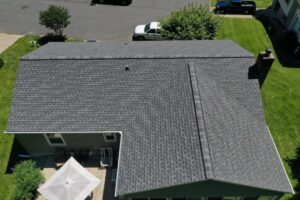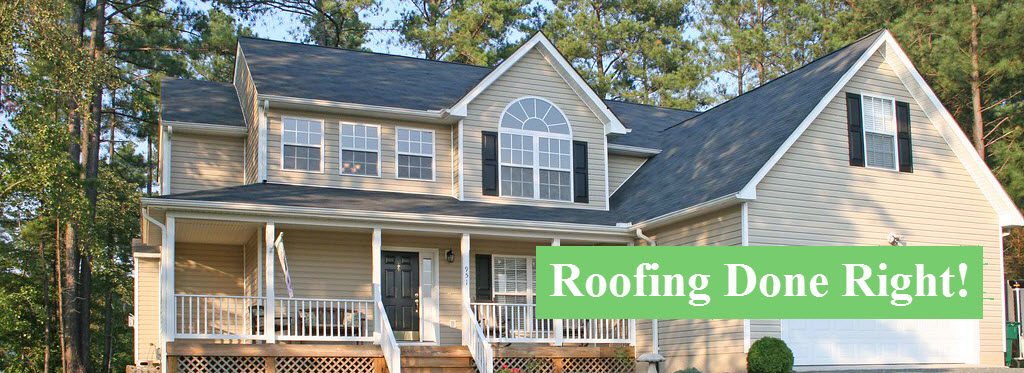A residential roof system is an essential part of any home, as it protects the structure and its inhabitants from weather elements, such as rain, snow, wind, and sunlight. In this article, we will discuss the various types of residential roof systems, their components, and maintenance requirements.
Types of Residential Roof Systems:
 There are several types of residential roofing systems, including:
There are several types of residential roofing systems, including:
- Asphalt Shingle Roof: This is the most common type of residential roof system, with over 80% of homes in the United States using it. Asphalt shingles are affordable, easy to install, and come in a variety of colors.
- Metal Roof: A metal roof is a durable and energy-efficient option. It can withstand severe weather conditions and has a lifespan of 50-75 years.
- Tile Roof: A tile roof is a stylish and durable option that can last over 100 years. It is resistant to fire and can withstand high winds. You can check out the pros and cons of tile roofing here. https://www.thespruce.com/pros-and-cons-of-tile-roofing-1824684
- Slate Roof: A slate roof is a high-end option that can last over 100 years. It is resistant to fire and can withstand high winds.
Components of Residential Roof Systems:
A residential roof system consists of several components, including:
- Decking: The roof decking is the foundation of the roof. It is typically made of plywood or OSB (oriented strand board).
- Underlayment: The underlayment is a layer of moisture-resistant material that is placed over the decking. It acts as a barrier between the decking and the roofing material.
- Flashing: Flashing is a metal or plastic material that is installed around roof penetrations, such as chimneys and vents. It helps to prevent water from seeping into the roof system.
- Shingles: Shingles are the top layer of the roof system. They come in a variety of materials, including asphalt, metal, tile, and slate.
Maintenance of Residential Roof Systems:
To ensure the longevity and durability of a residential roof system, proper maintenance is necessary. Here are some tips for maintaining a residential roof system:
- Inspect the roof regularly: Check the roof for signs of damage, such as missing or cracked shingles, leaks, and sagging.
- Clean the gutters: Remove debris from the gutters to prevent water from backing up and causing damage to the roof.
- Trim overhanging branches: Overhanging branches can damage the roof during high winds and storms. Trim them back regularly.
- Hire a professional: Hire a professional roofer to inspect the roof at least once a year and make any necessary repairs.
In conclusion, a residential roof system is an essential part of any home. Understanding the different types of roof systems, their components, and maintenance requirements can help homeowners make informed decisions about their roofing needs. Proper maintenance is crucial for the longevity and durability of a residential roof system.

